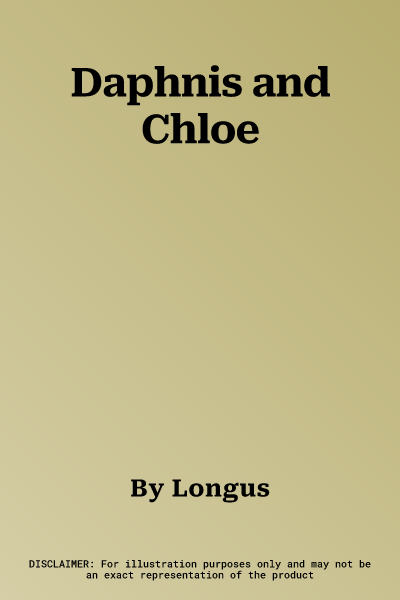In 1831 Goethe called Daphnis and Chloe 'a masterpiece ... in which
Understanding, Art, and Taste appear at their highest point, and beside
which the good Virgil retreats somewhat into the background ... One
would do well to read it every year, to be instructed by it again and
again, and to receive anew the impression of its great beauty. 'Touching
yet humorous, naive and at the same time highly sophisticated, Daphnis
and Chloe is the story of a shepherd boy and girl who fall desperately
in love yet find themselves facing great obstacles, because in their
passion they behave, as the author says, even more awkwardly 'than rams
and ewes.'. This sole surviving bucolic novel of ancient Greek origin
was written by Longus, a poet about whom nothing else is known, and
dates to about the mid third century A.D. The lyrical beauty and sensual
frankness of the story have found admirers from Shakespeare to Jacob
Burckhardt, and have exerted lasting influence on European literature.
It was not until 1810 that the first complete manuscript of Daphnis and
Chloe was discovered, in Florence. This provided the basis for the
present, superb translation, done in 1956 by Paul Turner. Marc Chagall's
illustrations to the pastoral tale, which is set on the island of
Lesbos, were inspired by his first-hand experience of Greece. His
lithographs combine the Mediterranean lushness of the realm of Pan and
Eros with memories of Russian Jewish folktales, and celebrate the lovers
in a setting whose marvels of colour evoke Eden with a sumptuousness
that is inimitably Chagall. Art of the highest order united with poetry
of timeless appeal - the result is an irresistibly delightful book.

